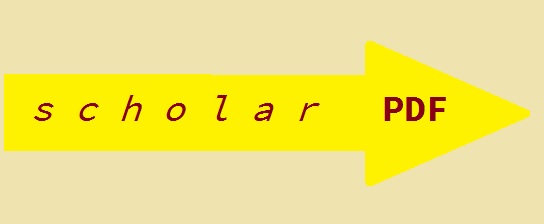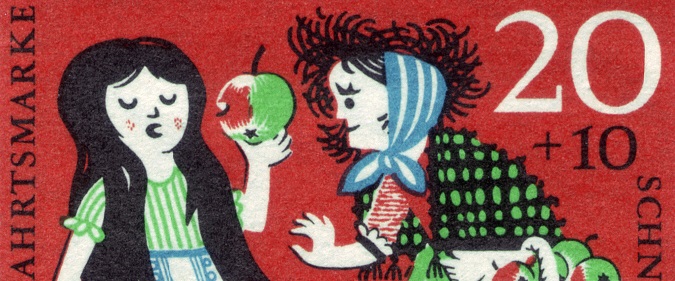Warning: Undefined variable $zfal in C:\Inetpub\vhosts\kidney.de\httpdocs\mlpefetch.php on line 525
Deprecated: str_replace(): Passing null to parameter #3 ($subject) of type array|string is deprecated in C:\Inetpub\vhosts\kidney.de\httpdocs\mlpefetch.php on line 525

Warning: Undefined variable $sterm in C:\Inetpub\vhosts\kidney.de\httpdocs\mlpefetch.php on line 530
 free free
Warning: Undefined variable $sterm in C:\Inetpub\vhosts\kidney.de\httpdocs\mlpefetch.php on line 531
 free free
 free free
 
English Wikipedia
Nephropedia Template TP (
Twit Text
DeepDyve
Pubget Overpricing |   
lüll
The molecular mechanism of autophagy Wang CW; Klionsky DJMol Med 2003[Mar]; 9 (3-4): 65-76Autophagy is a conserved trafficking pathway that is highly regulated by environmental conditions. During autophagy, portions of cytoplasm are sequestered into a double-membrane autophagosome and delivered to a degradative organelle, the vacuole in yeast and the lysosome in mammalian cells, for breakdown and recycling. Autophagy is induced under starvation conditions and in mammalian cells is also invoked in response to specific hormones. In yeast, under nutrient-rich conditions, a constitutive biosynthetic pathway, termed the cytoplasm to vacuole targeting (Cvt) pathway, utilizes most of the same molecular machinery and topologically similar vesicles for the delivery of the resident hydrolase aminopeptidase I to the vacuole. Both autophagy and the Cvt pathway have been extensively studied and comprehensively reviewed in the past few years. In this review, we focus on the yeast system, which has provided most of the insight into the molecular mechanism of autophagy and the Cvt pathway, and highlight the most recent additions to our current knowledge of both pathways.|*Autophagy[MESH]|*Protein Transport[MESH]|Biological Transport[MESH]|Cell Membrane/metabolism[MESH]|Cytoplasm/*metabolism[MESH]|Humans[MESH]|Models, Biological[MESH]|Saccharomyces cerevisiae/genetics/*physiology[MESH]|Vacuoles/enzymology/*metabolism[MESH]|Yeasts/genetics/*physiology[MESH] |

 free
free free
free free
free



